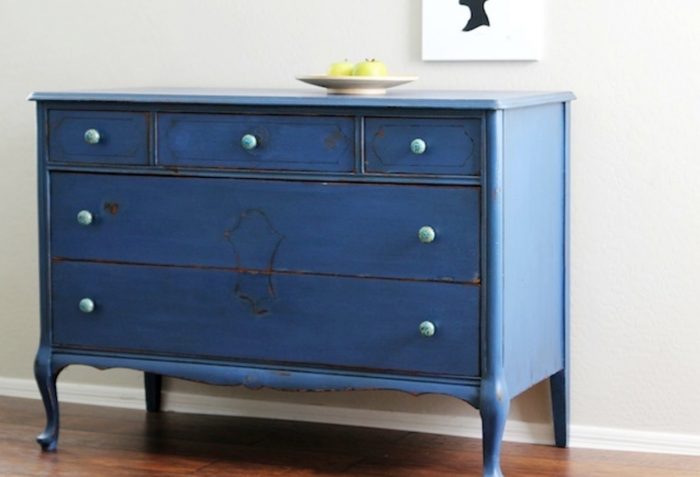When someone thinks of paint milk is probably the last ingredient that you would think to bring along. Don't worry, we have not lost our minds, this is a technique that has been done for centuries and works quite well.
Skimmed milk is best, whether fresh or in powder form, or in dry curds or quark (curds with vinegar or lemon juice). The finish it gives is reminiscent of colonial-era furniture — rich and lustrous, yet when sanded afterwards it can have a matte finish with a worn, antique look that’s so popular today. It goes smoothly on wood, plaster, terra-cotta and other porous surfaces.
So let's look at what you will need to make it and how it is done.
INGREDIENTS
– Skim milk
– Lime juice
– Cheesecloth
– Powdered pigments
Step 1: Start by curdling the milk.
You can do so in virtually any container; use whatever you have at ready disposal, be it a sauce pot or a frying pan. Pour in the liquids, using a half-cup of lime juice for every quart of skim milk, then wait. The curds must be allowed plenty of time to separate. Let the curdling milk sit overnight at room temperature.
Step 2: Grab The Cheesecloth
Tie cheesecloth over a large mixing bowl or a sieve. Next, pour the curdled milk into your chosen receptacle. Watch as the cheesecloth separates the whey from the curds. Once they are strained, rinse the curds in water, then keep them moist. If the curds get too dry, your milk paint is liable to end up being gritty.
Step 3: Choose Your Color
Having chosen the pigment you like best, add a sprinkle of the powder to the curds, then stir. Remember that the more pigment you use, the darker your milk paint is going to be. As a precaution, wear a dust mask when handling pigments; even the natural variety contains airborne particles that can irritate the lungs.
Step 4: Use, Don't Store
Any porous surface (including wood) accepts milk paint. Because the stuff lightens a bit once it’s dry, a few coats may be necessary in order to get the color you want. Most important, waste little time before using the milk paint; it spoils within only a few days. And if you’re painting outdoors—or live somewhere with high humidity—it’s strongly recommended that you protect the paint job you’ve worked so hard to complete with a coat of water- or oil-based polyurethane sealer.
Source: Bob Villa
